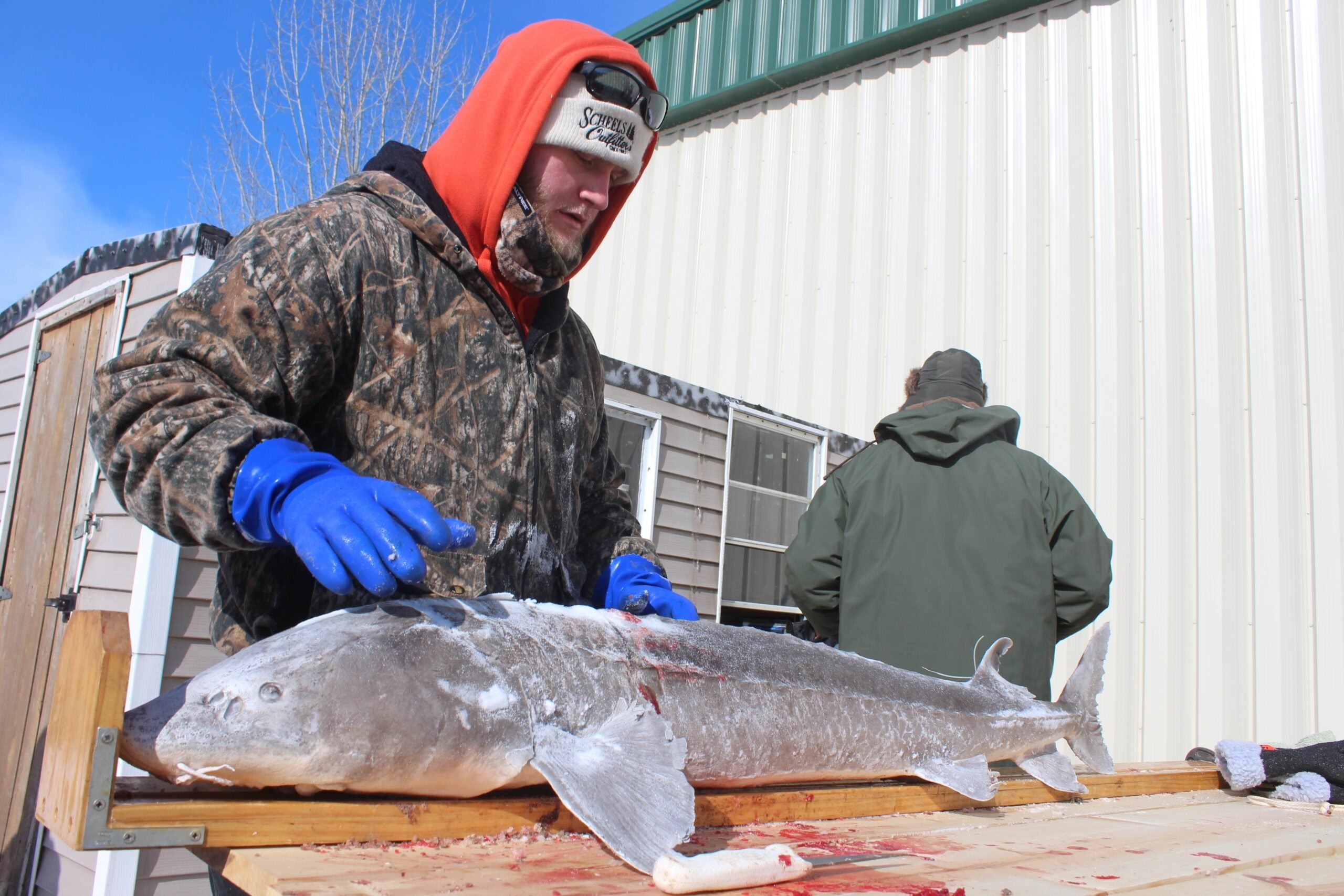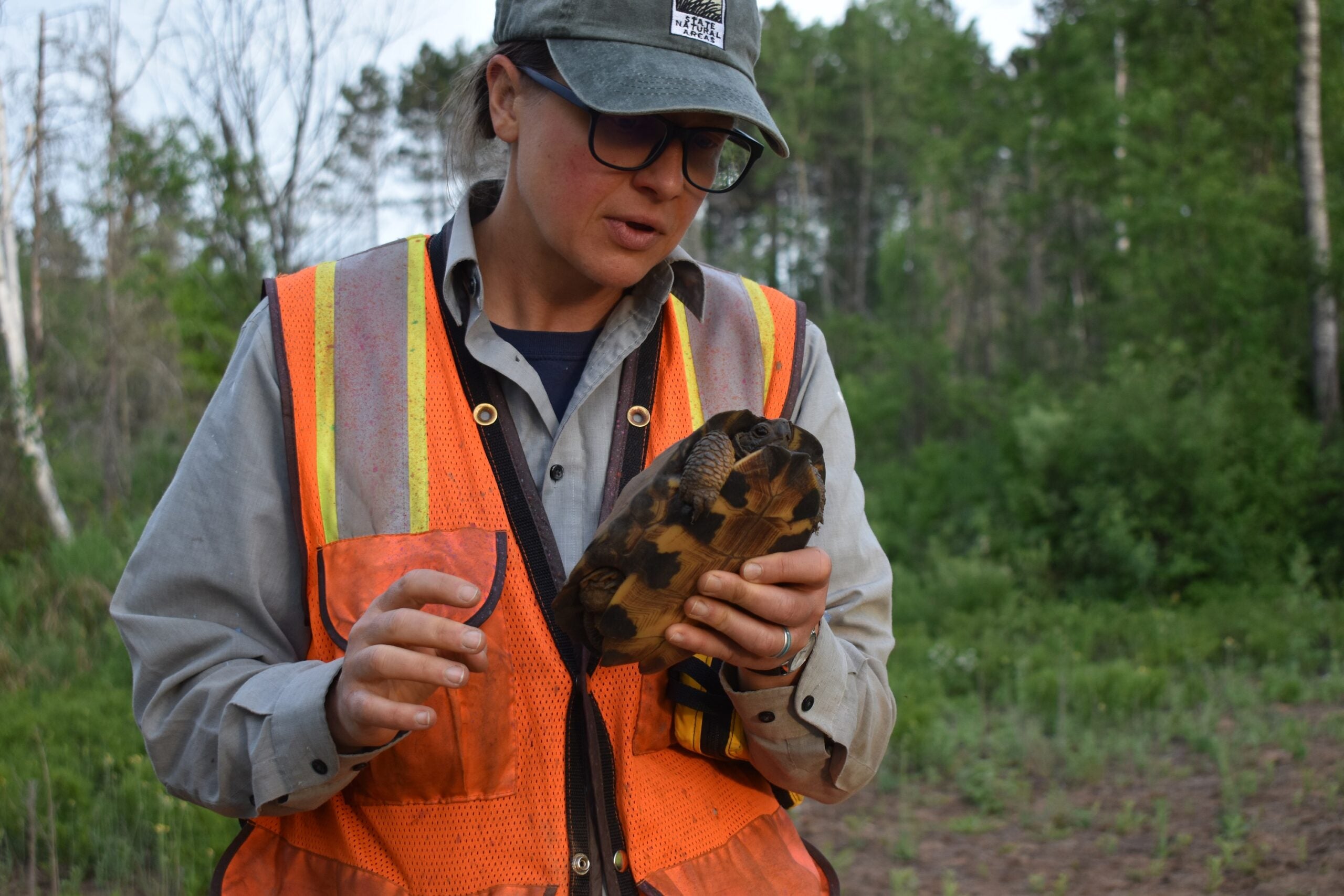The Endangered Species Act is more than 40 years old, and our guest says it’s time for some updates. An expert shares how he’d make the law more effective to benefit future generations. We also get the story behind the state ditching its fire lookout towers, hear about your collections and learn to put a Wisconsin twist on classic holiday cocktails.
Featured in this Show
-
Anniversary Of The Endangered Species Act
The Endangered Species Act was adopted on this date in 1973. We find out its history and what needs to change for it to be effective in the future.
-
Wisconsin Life: Collectors
On today’s Wisconsin Life we’ll learn about the fascinating world of collecting.
-
Wisconsin Decommissions Its Fire Towers
Wisconsin is no longer staffing its fire towers. We find out how technology has surpassed tower volunteers for reporting fires.
-
Holiday Cocktails With A Wisconsin Twist
Wisconsin produces a lot of great food and beverage items, and many can add some local holiday cheer to a New Year’s cocktail.
-
Is The Endangered Species Act Doing Enough To Actually Help Endangered Species?
The Endangered Species Act has provided legal protections for many plants and animals with dwindling populations over the decades. However, some analysts today raise the question: To what extent is it really helping those species?
The law, which marked its 42nd anniversary on Monday, has been very successful in preventing extinctions, according to Peter Alagona, an associate professor of environmental studies and history at the University of California-Santa Barbara. Indeed, nearly 1,600 species — about 700 animals and 900 plants — have been listed since the law was enacted in 1973, and only 1 percent of them have gone extinct.
However, Alagona also said that the law has faltered when it comes to helping at-risk species get back to sustainable levels: Only about 2 percent of the species that have been listed have recovered to the point where they can be removed from the act and be declared no longer endangered. That means that 97 percent of species that have been listed are still considered endangered today.
Population declines are sometimes centuries in the making, leading some scientists to argue that it’s near-sighted to evaluate the act’s effectiveness only 42 years after its passage. Algona acknowledged that in many cases, a population surge isn’t a practical expectation, even with the best management practices. Many species that took decades to decline will take decades to recover, he said.
“On the other hand,” said Alagona, “many people point out that some of the species that have had the most attention and the most resources dedicated to their conservation under the law are still continuing to decline.”
Alagona said part of the solution may be to amend the act to provide scientists the flexibility to implement adaptive management practices, giving wildlife managers room to test new strategies for protecting species. But many wildlife managers don’t trust lawmakers, said Alagona, afraid that any floor debate may lead to a watered-down version of the bill.
Species conservation wasn’t always politically controversial. When the Endangered Species Act passed in 1973, it received unanimous support in the Senate, and near-unanimous support in the House of Representatives.
“It wasn’t really until the late 1970s and early 1980s when the country began to turn more politically conservative and to turn away from some of that legislative activism of the 1960s and ’70s that the Endangered Species Act became a symbol of these laws of an earlier period,” Alagona said.
While the act doesn’t seem to have the bipartisan support it once had, Algona said that throughout history, including today, public opinion polls have shown that people are broadly in support of preserving endangered species.
Episode Credits
- Rob Ferrett Host
- Judith Siers-Poisson Producer
- Karl Christenson Producer
- Peter Alagona Guest
- Trent Marty Guest
- Alison Sherwood Guest
Wisconsin Public Radio, © Copyright 2025, Board of Regents of the University of Wisconsin System and Wisconsin Educational Communications Board.


